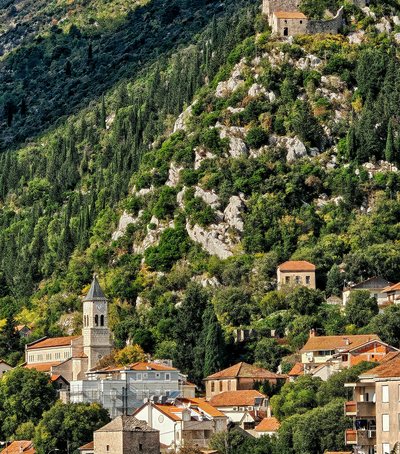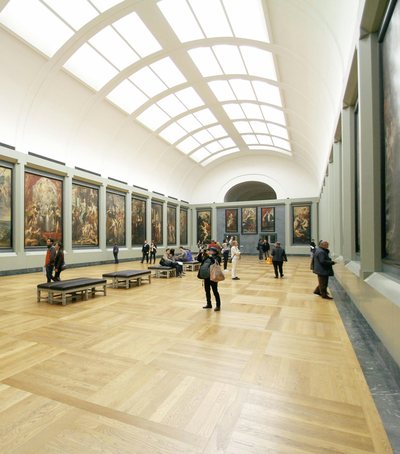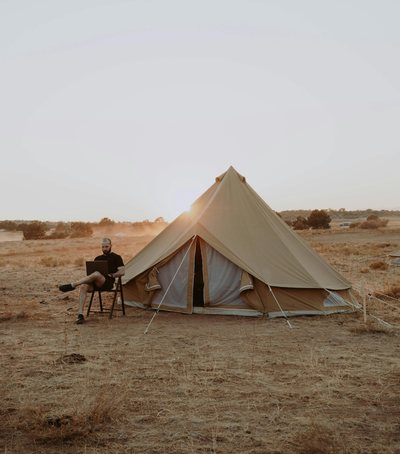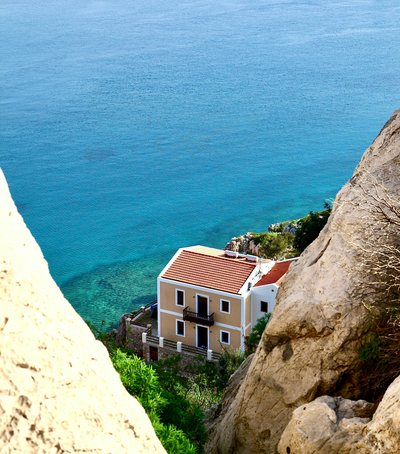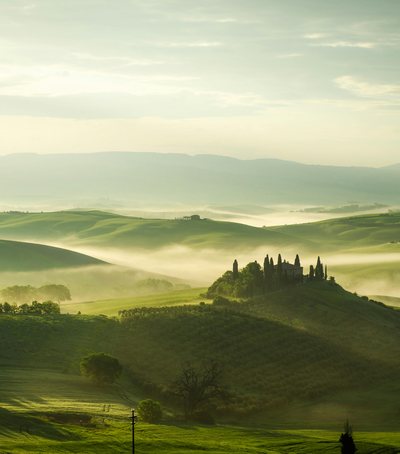
In a world where everything moves at speed, panoramic trains bring back a forgotten pleasure: slow, peaceful and emotional travel. It is an experience where every kilometer is not measured in time, but in views. The wide windows become living frames that reveal mountains, rivers, lakes and small villages as if in a moving painting. These journeys are not just transportation, but a pure form of meditation, romanticism and reflection.
In Switzerland, the Glacier Express is considered one of the most spectacular journeys in the world. The route connecting Zermatt to St. Moritz crosses high bridges, tunnels carved into the rock, and Alpine valleys that sparkle in the snow. At its leisurely pace, the train gives the traveler the opportunity to admire the majesty of the Alps, while time seems to stand still to let the landscape speak.
Norway offers a different kind of magic. The Flåm Railway winds through fjords, waterfalls and rugged mountains where nature seems untouched. Every window becomes a new story, from the northern lights to winter that covers everything in silent whiteness. It is a journey that teaches you to listen to the rhythm of nature and appreciate its deep silence.
On the other side of the world, Japan delivers the same feeling through panoramic trains that pass through bamboo forests, traditional villages, and cherry blossom hills. Traveling by train in Japan is an aesthetic ritual, where every landscape brings tranquility, culture, and a deep sense of harmony.
The return of train travel is more than nostalgia. It is a desire to rediscover the magic of the journey, not just the destination. Panoramic trains invite us to slow down, take a deep breath, and remember that the greatest beauty often appears when you are not in a hurry. In these silent rides through nature, one finds a luxury that cannot be bought: peace of mind and the simple thrill of seeing the world with the naked eye.
Photo by Kseniya Buraya: https://www.pexels.com/photo/glasses-on-table-in-train-9991433/

